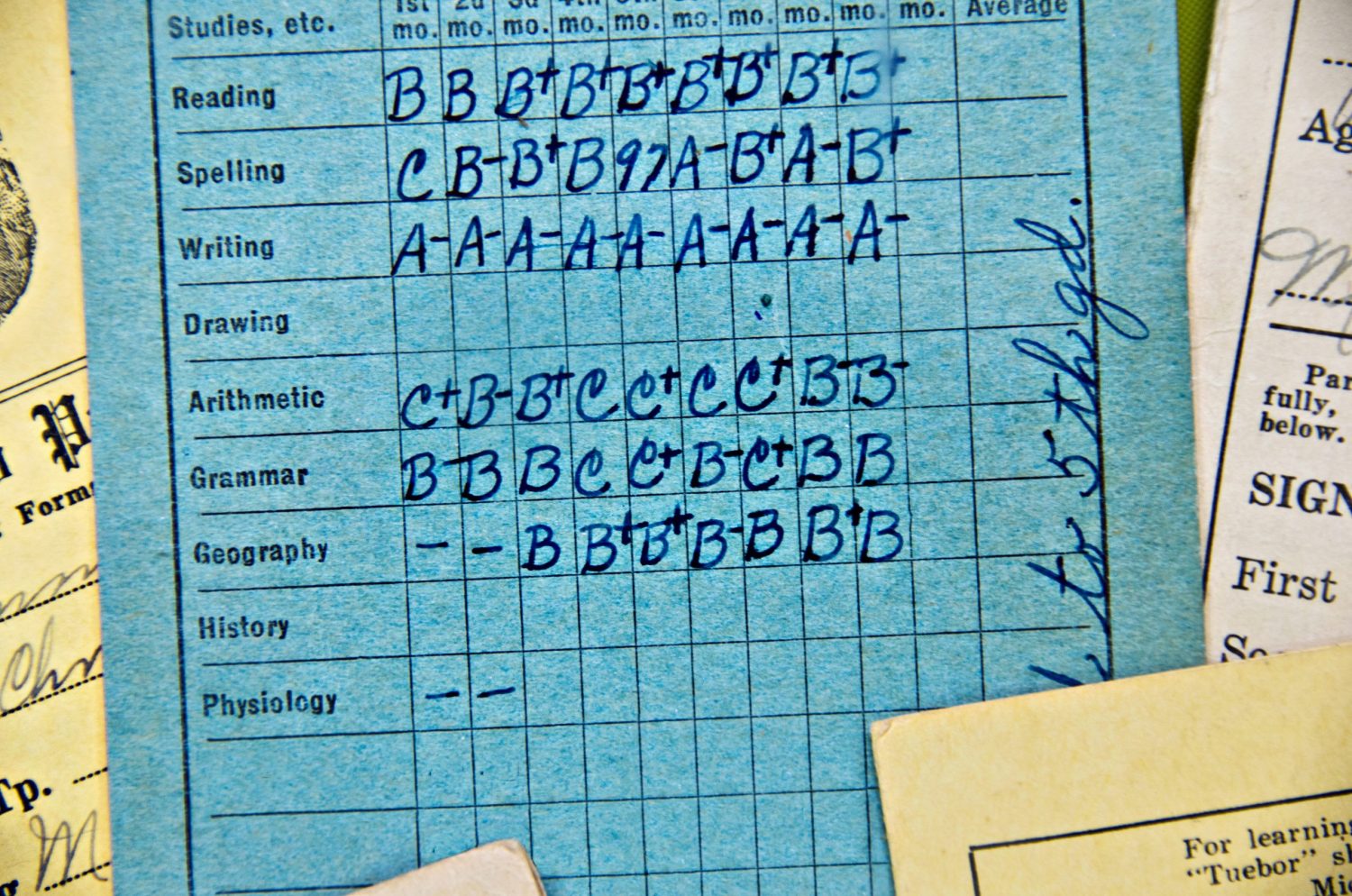Failing a class while using federal Pell Grant funds can seem catastrophic, but it doesn’t have to be.
While receiving a Pell Grant, you are required to maintain satisfactory academic progress to stay eligible. This is not determined by just one class but your overall academic standing. If your major requires the course, you will have to repeat it, but Pell Grant funding can still cover this.
Your school sets the criteria for academic progress. Typically, it is related to an overall grade point average (GPA) as well as retaining at least a half-time enrollment status. Failing a class can cause your GPA to drop, and if you choose to drop a class that you aren’t doing well in, this can impact your enrollment status.
If you do lose your federal financial aid eligibility due to a failing grade or loss of credit hours, there are some steps you can take to regain your eligibility and reinstate your Pell Grant.
Check with your school’s financial aid office to find out what academic criteria are required to maintain eligibility and what steps to take if you fall below this.
What Happens if You Fail a Class on a Financial Aid Pell Grant?
A federal Pell Grant is gift aid, which means that the U.S. Department of Education does not expect you to pay these funds back. However, some circumstances can cause you to lose your Pell Grant eligibility, or require you to pay back these funds.
Factors that play a role include:
- Overall GPA. If you fail one class with an “F,” you can make that up with an “A” in a different class to keep your GPA in the passing grade status. Typically, you need an overall “C” average under the Pell Grant program.
- Dropped classes. If you drop a class before the add/drop date, you typically are safe. Your Pell Grant funds are generally not disbursed until after this point, and the funds can be adjusted before you get them.
- Attendance. Why you failed the class matters. If you attend less than 60% of your classes, for example, you run the risk of losing your Pell Grant funding and needing to pay funds for the classes you didn’t attend.
- Effort. Dropping or withdrawing from classes after the add/drop date can result in a failing grade. It also shows a lack of effort toward satisfactory academic progress, which can impact your grant money and financial aid awards.
What to Do if You Failed a Class
If you fail a class and it doesn’t cause your GPA to drop below the passing level, you likely won’t lose funding, even if it was a class you used the Pell Grant for. If it was a required class for your major, you will need to repeat the class, but you can use your Pell Grant funds to do so. 
As long as you keep up with your school’s overall satisfactory academic progress criteria, you can hold onto your Pell Grant and not have to pay the money back.
If failing grades pull you below academic standards or part-time student status, you can lose future Pell Grant funding. This can also mean you will have to pay some of the funds back. Initially, you may be issued a warning, which gives you a chance to get your grades up.
If you don’t pull them up in the allotted time, you may lose your eligibility and have to pay funds back. The federal government will often work with you and help you set up payment plans to repay the funds when necessary.
Appealing the Decision
If you fail to maintain satisfactory academic progress, you can appeal the decision through your school. Not all schools allow this, so be sure to check with your financial aid office. There are often extenuating circumstances that can cause you to drop below satisfactory academic progress.
Appeals are often granted based on special circumstances, such as:
- Death of a family member.
- Major illness.
- Injury.
- Individual special circumstances considered on a case-by-case basis.
Understanding Satisfactory Academic Progress
Each school sets up its criteria for satisfactory academic progress, but the basics typically include:
- Specific GPA, such as a passing or “C” average or a 2.0.
- Progress toward a degree program.
- Successful completion of a certain amount of credits each year.
- Attendance of at least 60% in all classes overall.
- At least half-time enrollment.

Check with your school directly to find out their academic criteria for receiving financial aid and keeping it. You should also look into how often they evaluate progress and what the appeal process is if you fall below.
How to Reinstate Your Eligibility
All federal financial aid can be at risk if you fail a class, as one of the basic eligibility
requirements is academic progress. Your state or institutional aid may also be impacted. Things like grants, scholarships, and loans can all be disrupted if you lose eligibility.
One of the things about the Pell Grant and federal financial aid is that you reapply each year. If you lose status one year, you can pull your grades up and reapply the following year. You can often reinstate your Pell Grant for upcoming years once you can prove satisfactory academic progress again.
If you have to pay back some of your Pell Grant one year, you can reapply for financial aid the following year by filling out the FAFSA once you have cleared any outstanding balance. You do have the ability to regain federal financial aid after failing a class once you pull your grades back up.
Check with the student financial aid office at the college you attend for details on retaining your Pell Grant eligibility and what the requirements are for getting back on track.

